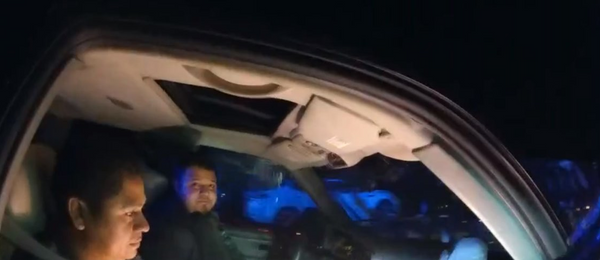A NATIONAL campaign to celebrate Scotland’s world-leading archaeology and showcase its international connections has launched.
Funded by Historic Environment Scotland, and co-ordinated by the Society of Antiquaries, Scotland’s Dig It! campaign is open to the public to take part in fieldwork across the country and learn more about Scottish history.
Starting from June 20 and running to September 23, archaeologists running the campaign will survey sites, record findings and will host excavations.
The public is welcome to join the Society of Antiquaries with tours, open days, and volunteering opportunities with no experience required.
One project based in the Highlands will be run by a team from the University of Glasgow and the National Trust for Scotland, which are excavating in Achnacon, with the hope of better understanding those who lived in Glencoe in the 17th and 18th centuries.
Last summer the team of students uncovered pottery imported from the Netherlands and Germany in the summerhouse of the MacDonald chiefs.
They also unearthed a hoard of coins from at least four different countries which may have been hidden just before or during the 1692 Glencoe Massacre.
This is just one of the several projects which will run from Scotland’s Dig It! campaign and volunteers are invited to help with the survey and excavation.
Dr Jeff Sanders, project manager at the Society of Antiquaries of Scotland’s Dig It! project, emphasises that Scotland’s rich history belongs to everyone regardless of where you are born or where you come from.

He said: “Archaeology is all about piecing together stories from the past and Scotland Digs 2024: International Connections will highlight that Scotland’s story has always been intertwined with the wider world.
“In addition to coordinating events, organisations across the country will be sharing information about their projects and discoveries which tell of the far-reaching trade networks, cultural exchanges, and human migrations that shaped what is now Scotland.
“From the Palaeolithic period when the first groups of hunter-gatherers walked here from what is now mainland Europe over 12,800 years ago to the immigrants who enrich the archaeology sector today, the campaign will emphasise that Scotland’s stories belong to everyone, regardless of where you were born or how you arrived here.”
This year’s campaign aims to raise awareness of the historic links between Scotland and the wider world.
Scotland’s Dig It! Aims to highlight that archaeology can be used to combat harmful narratives, by showcasing projects and discoveries with international connections.
The public is also invited to visit the Knowe of Swandro excavation in Orkney.
The coastal site is home to a large settlement occupied from around 1000 BC to AD 1200 and consists of Iron Age roundhouses and Pictish buildings, as well as a Viking settlement and a Norse Long Hall, which were built by people who were mostly from Scandinavia.

Evidence of contact with the Roman Empire has also been found at the site, with finds including ancient glass fragments and coins.
Susan O’Connor, head of grants at Historic Environment Scotland, says the campaign highlights the importance of Scottish heritage and hopes people will be more than keen to get involved.
She said: “With such a wide range of events on offer and the chance for people at any level to get involved with and learn more about archaeology in Scotland, we’re thrilled to continue to support the vital work of Dig It!
“The programme on offer will encourage people to engage with more than 5000 years of history, and this year’s aim of highlighting archaeological links not just across the nation, but across the world, will showcase the continued importance of built heritage on an international scale.”

Archaeological fieldwork will take place in Edinburgh at an Iron Age fort which welcomes volunteers to help with the dig.
There is also more fieldwork in Stirling with Rampart Scotland as they aim to excavate a Bronze Age cemetery and Iron Age fort in the city.
Throughout the campaign more fieldwork will be announced and for more information for anyone who wishes to get involved they can follow along at #ScotlandDigs2024 or visit DigItScotland.com.







